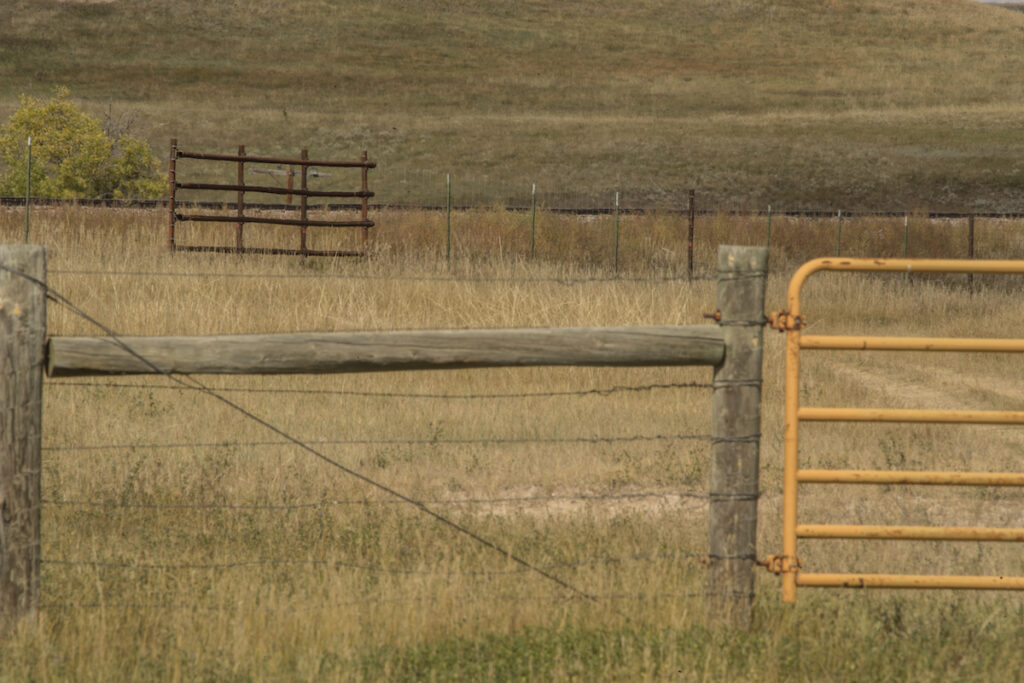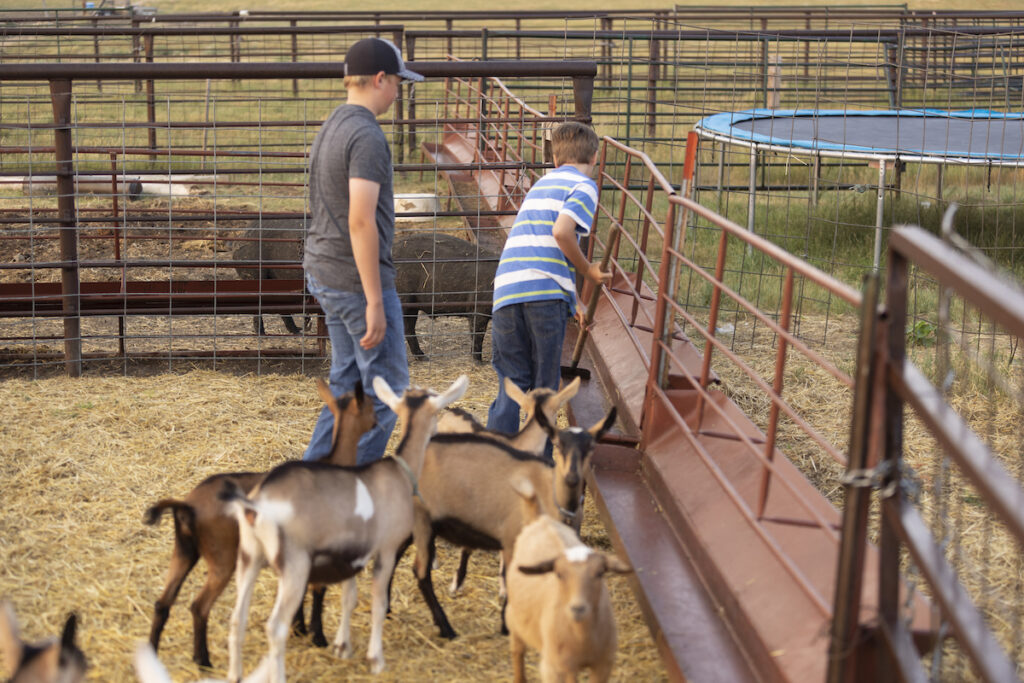Increasing stocking rates is the goal of every land manager wanting to keep the wolf away from the doorstep. That is just about all of us. However, we are limited on the number of livestock our land will sustain year after year. There is a ‘silver bullet’ in ranching and that is healthier soil. Managing …
With the expanding drought conditions across Western South Dakota, there are increased concerns about livestock water quality. One water quality concern stems from the algae blooms on stock dams. The predominant question is whether the algae presents health concerns for livestock. Depending on the type of algae, it can be a concern. With warmer temperatures, …
During drought years it is often easier to observe the differences between warm-season and coolseason plants. This is especially true in July. I have been collecting biomass samples every two weeks from a grassland near Brookings which is comprised of mainly Kentucky bluegrass (coolseason), smooth bromegrass (cool-season), and big bluestem (warm-season) (see photo below). Last …
Rotational grazing has become an important management tool in the grazing livestock industry. This practice has been tested on tens of thousands of farms and ranches for over 50 years. The benefits it provides have been examined by range scientists, land management agencies, conservationists, and policy developers. In this article, I will provide an explanation …
Joshua Dukart North Dakota Holistic Resource Management trainer, at a recent HRM school in Faith said “our ranching business should be designed to focus on identifying and pursuing opportunities. With whole ranch planning, ranches can be, `opportunity focused businesses`”. Lack of rain is not an opportunity but managing to keep the rain that falls on …
introduction Drought is a relatively common occurrence in the central and northern Great Plains. Spring drought (April-June) occurs 19-35% of the time in our region (see Smart et al. 2021 “Forum: Critical Decision Dates for Drought Management in Central and Northern Great Plains Rangelands” open access article in Rangeland Ecology and Management). Spring droughts are …
Choosing the calving season is a complex and highly individual decision for each beef cattle producer. This leads to a wide range of calving seasons across the Northern Plains. Various factors affect this decision, with a few of these being facilities, resources, other enterprises, time commitments, and finances. This article will focus on nutritional resources. …
Selecting a Calving Season Based on Matching Nutritional Needs and Resources Read More »
Zane Grey The Western author of the last century; created a wonderful picture of ranching and the cowboy life. His characters became heroes for many of his readers. As Grey did a great job speaking to the ranching culture, he did not attempt to speak to the culture of ranch management. There is a big …
The first bull catalog arrived in our mailbox shortly after Jan. 1, so it’s time to think about that aspect of beef production. Industry forecasters predict that demand for grass finished beef will increase over the next few years. The choices for cattle genetics are nearly unlimited, but what sort of genetics should one seek …
As the US Department of Agriculture (USDA) continues to work cooperatively with conservation groups and landowners the Conservation Reserve Program (CRP) continues to improve and is now more practical for working ranches, land health, and wildlife. Main Focus of CRP Programs They focus on the use of high-value native grasses and flowering plants instead of …










